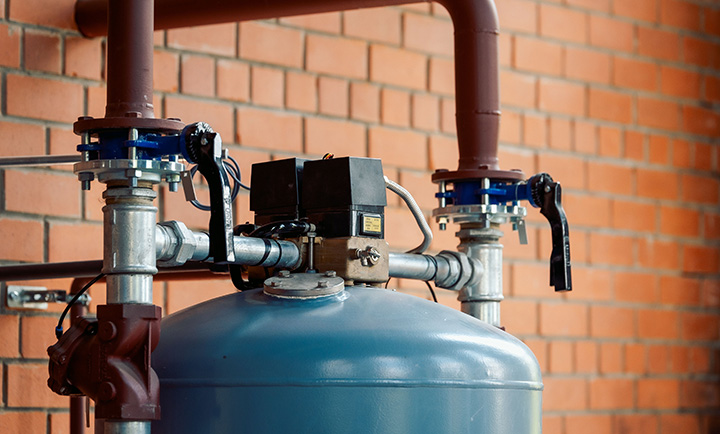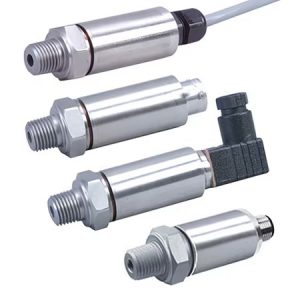Understanding How to Measure Water Levels Using Pressure

Measuring the water level in a tank or any container sounds simple. Just some basic math, right? Unfortunately, the real world complicates things a bit. Even though Archimedes didn’t use water displacement to determine the difference between silver and gold, we can still use scientific principles to measure water levels accurately.

The Role of Pressure Transducers
Pressure transducers are incredibly handy for measuring fluid levels, and they can work with almost any liquid if the system is set up correctly. While many U.S. homes use sump pumps to monitor water levels, they typically don’t use pressure transducers. However, it’s a good example of how important water level measurement is in everyday life.
Using a Pressure Transducer for Water Level Measurement
To measure any liquid level, including water, a few essential methods can provide accurate results:
Measuring at the Bottom
One common method is to place a pressure transducer at the bottom of the water body. This device can be submerged or attached outside, depending on the setup. Once it measures the pressure, the system calculates the water level, considering the pressure above the water. While not 100% accurate, this approach gives a good estimate and helps alert users if the water level is too high or too low.
Differential Pressure Transducer
A differential pressure transducer is often used for more precise measurements, especially in tanks. It has two points that measure the pressure at the bottom of the water and the gas pressure above the water. By calculating the difference, it provides a more accurate water level reading.
Applications and Benefits
Pressure transducers offer valuable data for researchers, such as tracking changes in groundwater or river water levels. This data is crucial for environmental studies and managing water resources.
Other Considerations
There are other, more complex methods for measuring liquid levels, but the two mentioned are the most common for basic applications. When selecting a pressure transducer, consider the following:
Sea Water vs. Fresh Water
Salinity can affect the performance of pressure transducers. For instance, the high salt content in the Dead Sea makes it challenging to design transducers that work well. Freshwater environments are generally easier to handle because they don’t degrade the equipment as quickly.
Accuracy
Determine how precise your water level readings need to be. For example, nuclear power plants require extremely accurate readings to prevent meltdowns, which means higher costs. If your needs are less critical, a less accurate (and cheaper) transducer may suffice.
Conclusion
Measuring liquid levels can be challenging, but pressure transducers make the job much easier. Working with experienced manufacturers can help you choose the right system for your needs, turning a potentially tricky task into a simple one. Get in touch with our knowledgeable Product Specialist to explore the transducers that can precisely measure your water level!



